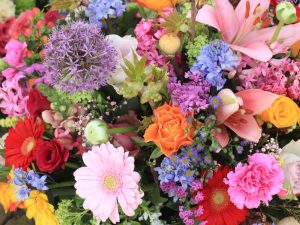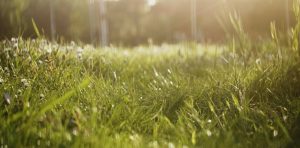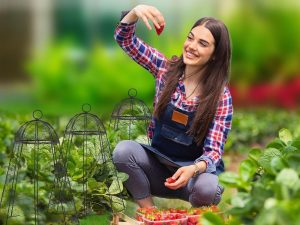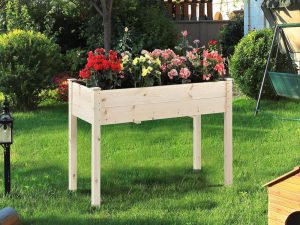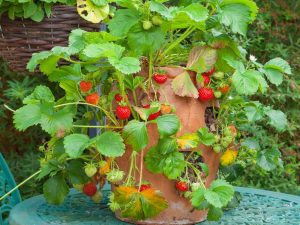Last Updated on September 27, 2020 by teamobn
Most of us have probably become aware of the importance of seeds, lately. In this time of unprecedented challenges to global supply chains, many have begun to worry over their access to fresh food. The mass anxiety has brought the logic behind growing your own food into sharp focus.
In fact, seed retailers across Europe and North America have become overwhelmed with online orders as more people are taking to their backyards to grow vegetables. With shelves emptied and supplies exhausted, many seed sellers have had to shutter their businesses.
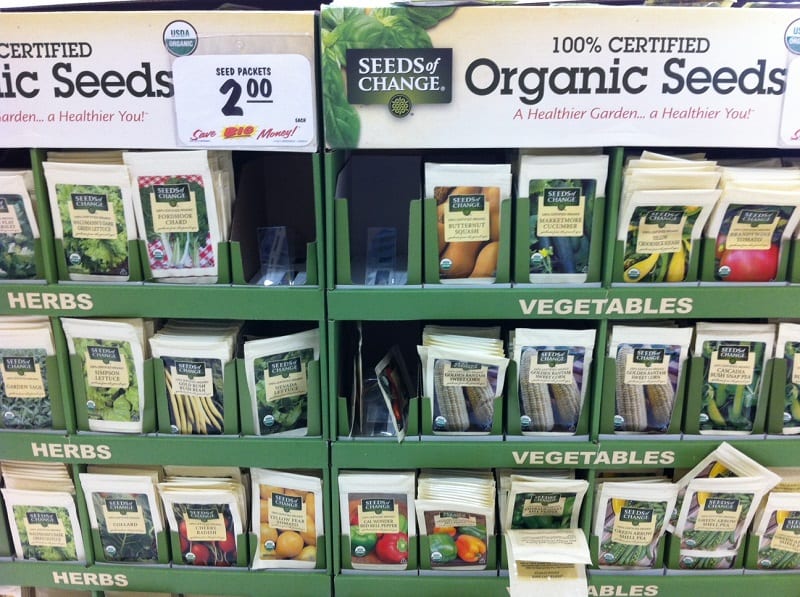
(Photo: Parenting Patch/Flickr)
Starting a Home Seed Bank
Contents
If there was ever a time to demonstrate the wisdom of starting one’s own seed bank, then it must be now. A home seed bank is an insurance policy. It is a way to store and preserve seeds for fruits, vegetables, and herbs for use in case of catastrophic events.
Starting a home seed bank is easier than it sounds. The first step is, of course, to acquire some viable seeds.
If you are unable to purchase any ready-made seed kits online right now, then you can try sources closer to home. You can save seeds from your own garden or purchase them from local farmers and seed suppliers.
Below are the three types of seeds that experts recommend for home seed banks.
1. Hybrid Seeds
Seed growers produce hybrid seeds by pollinating two plants that have traits gardeners or farmers look for in their crops. The seeds produce offspring that exhibit both these traits.
However, the resulting hybrid plant will produce unreliable seeds. Some won’t produce seeds at all. That’s why – for the most part – hybrid seeds are only good for one crop cycle.
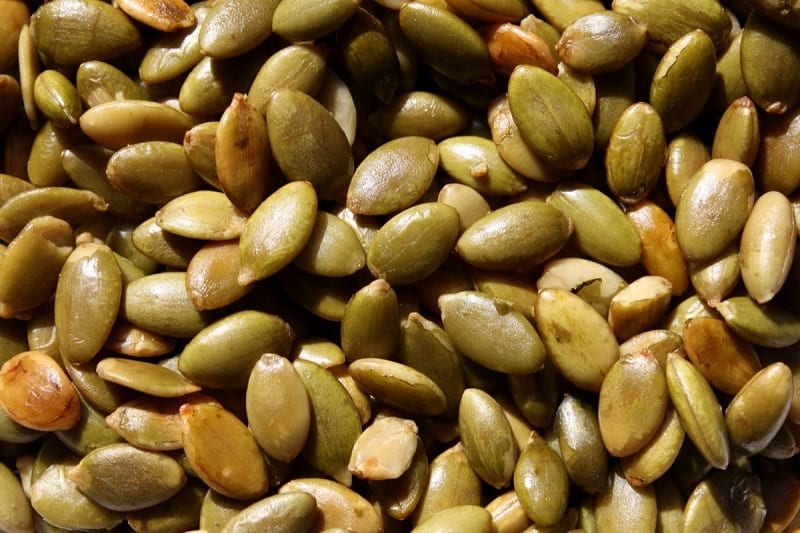
2. Heirloom Seeds
Heirloom seeds are old, historical varieties that growers produce by pollinating plants with the same variety to keep the seed true to type. For example, to produce heirloom winter Hubbard squashes, you’ll need to pollinate with other heirloom winter Hubbard squashes.
The resulting plants will yield seeds that produce plants of a quality that is consistent with the parent plant.
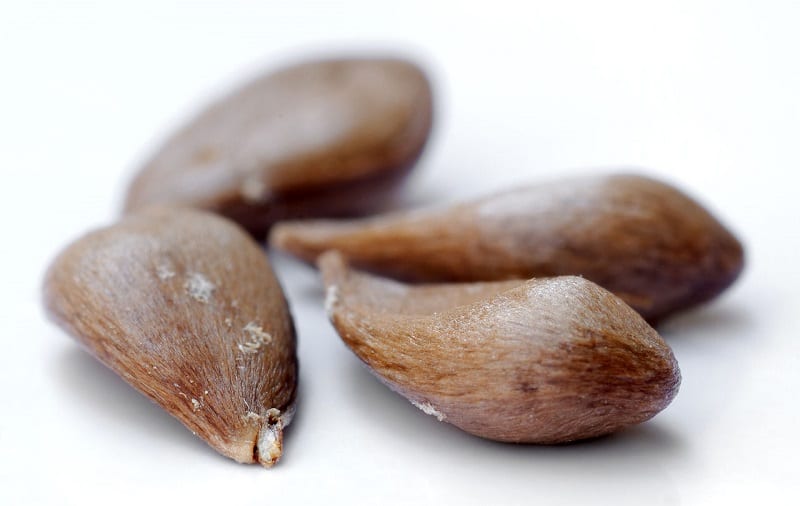
(Photo: Andre Karwath/Wikimedia Commons)
3. Open-Pollinated Seeds
Seeds are open-pollinated when pollination occurs by insect, bird, wind, humans, or other natural systems. Because there are no limits to the flow of pollen between individual plants, open-pollinated crops produce seeds that are more genetically diverse.
Open-pollination permits greater variation within plant populations. This allows each generation of resulting plants to gradually adapt to local growing conditions.
All heirloom seeds are open-pollinated, but not all seeds generated by open-pollination are heirloom seeds.
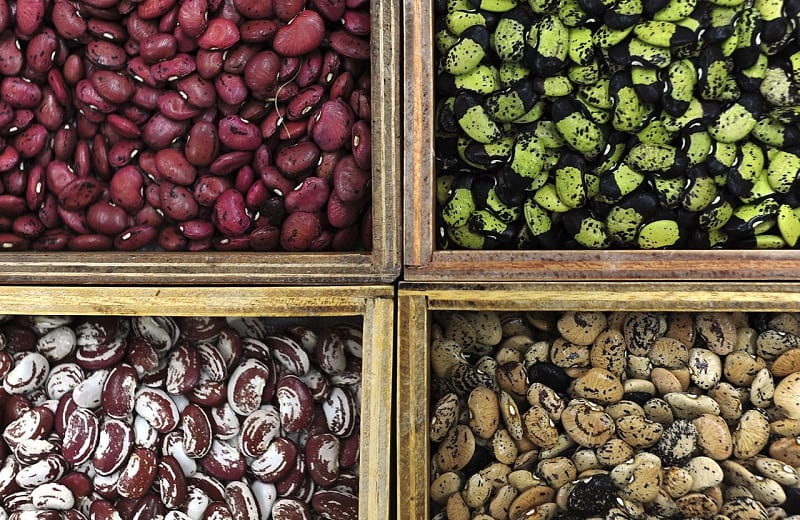
Storing Your Seeds
You need to keep your seeds in a dark, cool, and dry place. Many store their seeds in foil pouches, paper envelopes, or resealable bags in a metal tin. Old biscuit or cookie tins and ammo boxes will also work.
Metal boxes protect the seeds from most outside elements. You should nonetheless consider dropping a small desiccant pack into your box to keep moisture from spoiling the seeds.
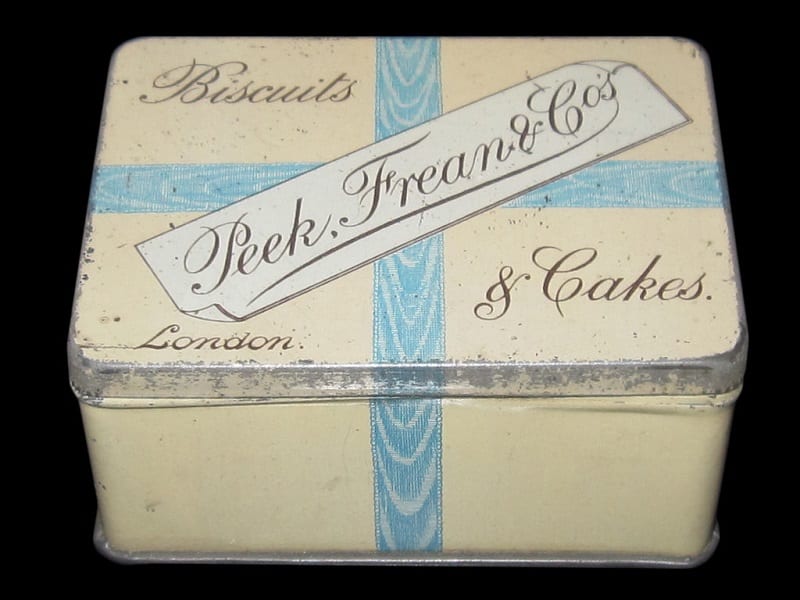
(Photo: Gryffindor/Wikimedia Commons)
DIY Seed Storage
You can also make your own seed storage container using empty glass jars and some rice. The process is simple. Just spread some uncooked rice onto an ungreased baking tray and bake at 350°F for about 45 minutes or until completely dry.
Fill the jar to about a third of its capacity with the dry rice and allow to cool completely. Once the rice has cooled, put your seed packets into the jar, screw the lid on, and store in a cool, dry place.
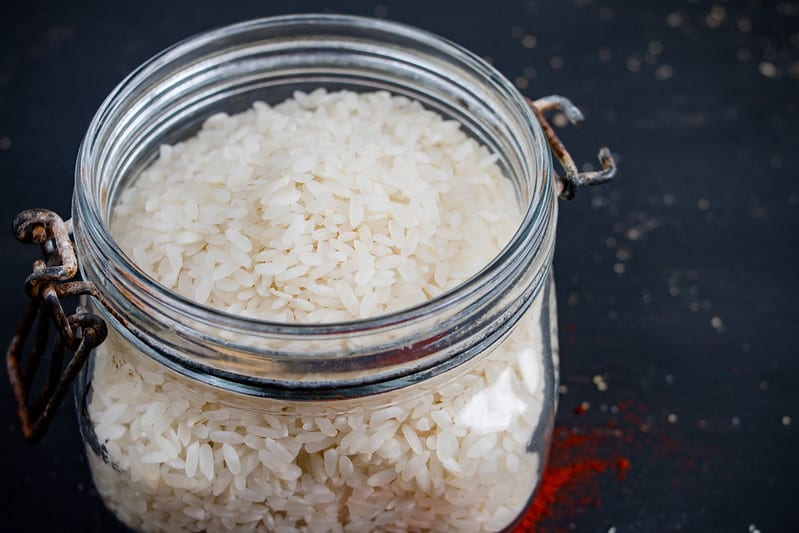
(Photo: Marco Verch/Flickr)
Ensuring a Sustainable Seed Bank
Of course, the usefulness of your seed bank depends entirely on your ability to perpetuate a variety after taking it out of the bank. Seeds do lose potency over time. Their germination rates decrease as they age.
Some seeds like those of chives, parsnip, parsley, and onion are not likely to sprout after two years in storage. Even if they do germinate, they may not produce as healthy a crop as when they were fresh and new.

(Photo: Local Food Initiative/Flickr)
For this reason, you’ll need to check for germination periods on the packets and then grow some of your seeds each year. This will allow you to grow more seeds and ensure that you always have a sustainable, viable supply in your seed bank.
Are you ready to start your own seed bank now? If so, then please do not forget to tell us about your experiences here.
We’d love to hear from you.


